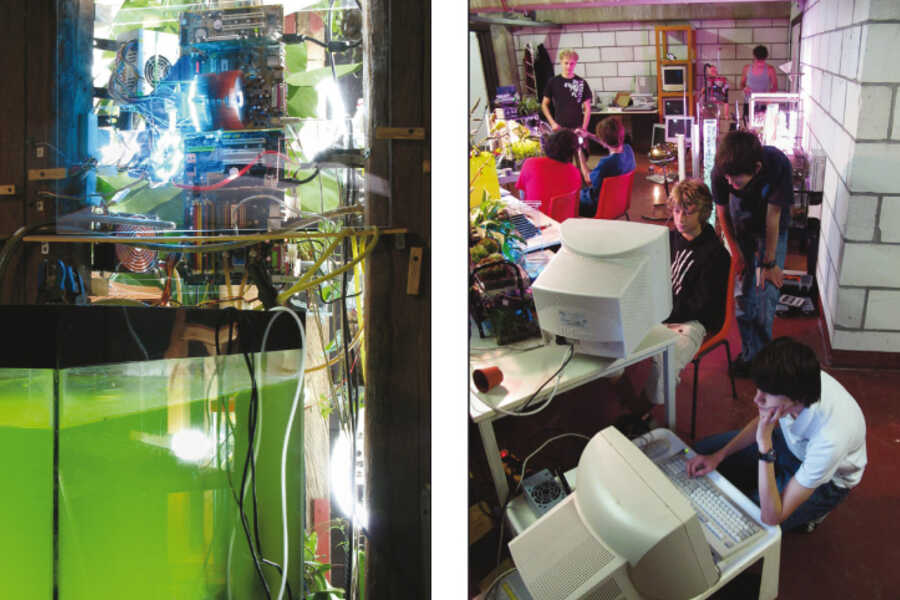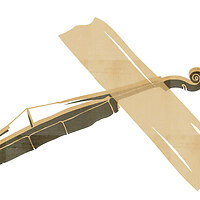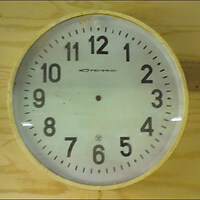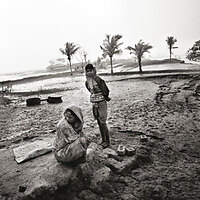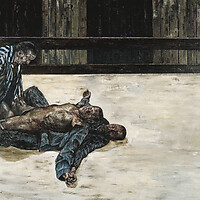Future participatory systems will include social, technical and biological rhythms to facilitate that the right thing can happen at the right time. Social, technological and biological participants synchronize performance. However, human beings need to be motivated for entering such engagement. Once engaged, they enter the process in which meaning and culture are created and negotiated.
In nature and between humans rhythms integrate. When children are raised on a farm it is natural to them to take care of animals. Accepting responsibility for those animals is part of the games they play. As the story goes, for children who live in the city milk comes from the supermarket. The city experience offers different opportunities than the farm; the playful acceptance of responsibility needs other strategies.
While targeting focused attention of audiences, in the constant ‘media-noise’ peripheral perception acquires more and more significance in individual lives. People need to have personal and empty time to be well.
Sensing time creates a personal time-space in which own experience can unfold. Music offers such time-space in which duration of time can be sensed.
People enjoy ‘to be part of a larger whole’, which is the essential definition of participation. When being engaged, time f lies. People are focused, contribute, fulfilled and have fun. The design of systems and structures has to be robust for being able to include undefined ‘empty time’ from which human experience can emerge. In simple systems and in complex systems, people find ways to participate and use the system or structure to contribute to experiences of their own.
The empty time-space for undefined experience is needed when participation includes being witness to each other. One has to realize though that this empty time-space can be used both in beneficial and detrimental ways. In situations of repression and deprivation the capacity for intelligent and playful participation is continuously challenged. Endurance, compassion and perseverance become a minute-by-minute personal fight for survival.
When giving testimony of detrimental situations to others by way of media, a witness becomes the embodiment of hope. Journalists travel around the globe to gather testimonies. For spectators however, these testimonies are mostly part of individual’s peripheral perception happening in between day-to-day chores. Being the news item and in need of hope, the experience of time is very different to the journalist’s sense of time.
A testimony about a tragedy of a lifetime, has to be communicated in seconds. When testimonies become part of a ‘media-avalanche’ and offer audiences the sense of synchronicity that news provides, their status changes. When the news fades away however, the instance of hope evaporates while the situation endures. Hope then has to be fuelled by imagination, as discussed later on, with possible political action as result.
In situations of repression, when human dignity is at stake, people are denied the right to be witness to each other and negotiate trust and truth to develop a shared understanding. When forced to participate in a detrimental system human beings also easily de-humanize and victimize each other and violence increases.
When testimony is presented as work of art, made to create experience for the spectator, an artist dramatizes and finds essential movement and qualities of a situation or issue to be addressed. He or she then creates a robust structure and leaves empty space-time for the spectator’s experience. Also here, imagination is fundamental to the process both for the artist and the spectator. Complex feelings like inspiration, compassion or beauty, define success.
There are many formats for giving testimony: having a conversation at the dinner table, telling a story to a friend, posting on the Internet, making photographs or film, participating in a television show, writing a novel, making painting, singing a song in church, making minutes of a meeting or giving testimony in court. Each of these ways in which we bear witness has its own time design, which inf luences how memory, imagination and experience merge.

